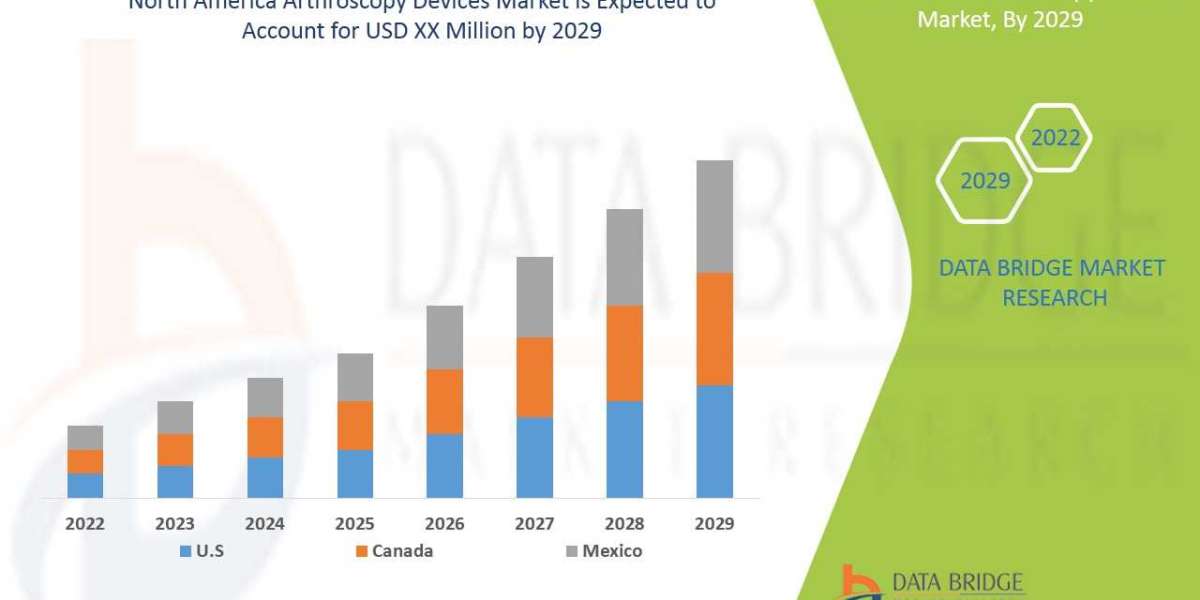When navigating the world of home funding, it's crucial to comprehend the different kinds of mortgages readily available. One such choice is the Adjustable Rate Mortgage (ARM). Unlike a conventional Fixed Rate Mortgage, where the rate of interest stays consistent over the life of the loan, an ARM has a rate that can change. This can be helpful or destructive depending upon market conditions and your monetary scenario. In this blog post, we'll explore the fundamentals of ARMs, their structure, and their pros and cons. We'll likewise supply assistance on who may benefit from an ARM and how to compare different ARMs. Whether you're a newbie homebuyer or looking to refinance, gaining a strong understanding of ARMs can help you make an informed choice about your mortgage.

An Adjustable Rate Mortgage, frequently referred to as an ARM, is a kind of mortgage in which the interest rate is not fixed but varies gradually. The rate changes based upon variations in the monetary market, which suggests that your month-to-month mortgage payments can increase or down.

Definition of Adjustable Rate Mortgage
An ARM is a mortgage with an interest rate that changes regularly based upon a specific monetary index. This means the rates of interest on your loan, and subsequently your month-to-month payments, can increase or decrease at predetermined periods.
How it differs from a Fixed Rate Mortgage
Unlike a Fixed Rate Mortgage where the interest rate stays the exact same throughout the loan term, an ARM's rates of interest can alter. Initially, an ARM will frequently have a lower rates of interest than a fixed-rate mortgage. However, after the initial fixed-rate duration ends, the rate might adjust and can go greater than fixed-rate mortgage options.
The Structure of an Adjustable Rate Mortgage
An Adjustable Rate Mortgage (ARM) is composed of three primary parts: the index, the margin, and the modification duration.
Index
The index is a benchmark rates of interest that varies based on market conditions. It is typically based on rates like the U.S. Prime Rate or the London Interbank Offered Rate (LIBOR).
Margin
The margin is a set portion point that's contributed to the index to determine your total rates of interest. This remains continuous throughout the life of the loan.
Adjustment Period
The change duration is the length of time in between potential rate of interest adjustments. For example, in a 5/1 ARM, the rate is fixed for the very first five years and then can alter every year thereafter.
Understanding these elements can help you anticipate possible changes to your month-to-month mortgage payments.
Pros of Adjustable Rate Mortgages
Adjustable Rate Mortgages (ARMs) provide a number of advantages that can make them an appealing alternative for specific property buyers.
Lower Initial Rates Of Interest
Among the main benefits of ARMs is their lower preliminary interest rates compared to fixed-rate mortgages. This can lead to considerably lower regular monthly payments throughout the preliminary duration, making it an attractive option for those planning a short-term stay.
Flexibility for Short-Term Homeownership
ARMs can be a smart monetary relocation for those who don't plan on remaining in their homes for more than a couple of years. Since the preliminary rates of interest is lower, it can save house owners cash if they sell before the rate adjusts.
Cons of Adjustable Rate Mortgages
While Adjustable Rate Mortgages (ARMs) can be useful in particular scenarios, they likewise include their share of drawbacks. The main disadvantage is the uncertainty of future interest rates.
Uncertainty of Future Interest Rates
With an ARM, the interest rate can increase or reduce with time based upon market conditions. This means your regular monthly mortgage payment can fluctuate, making it harder to budget for your housing expenses.
Potential for Higher Payments In Time
While ARMs often begin with lower rates of interest, there's a danger that rates could increase considerably in time. If this takes place, your regular monthly payment could increase to a level that's hard to handle. This risk of possibly greater payments is a crucial aspect to think about when choosing whether an ARM is ideal for you.
Who Should Consider an Adjustable Rate Mortgage
An Adjustable Rate Mortgage (ARM) might be an excellent option for specific borrowers under specific situations. Let's take a look at some circumstances where an ARM could be beneficial.
Short-term Homeowners
If you prepare to sell your home within a couple of years, an ARM with a low initial rate can conserve you considerable cash in interest payments.
Financially Flexible Borrowers
Those with a high degree of monetary versatility and threat tolerance might gain from an ARM. If you can manage potential boosts in month-to-month payments, you could benefit from lower preliminary rates.
Expectation of Increased Income
If you expect your income to increase substantially in the future, an ARM could be a practical choice. This would enable you to handle possibly higher future payments.
Remember, an ARM isn't for everyone. It's crucial to understand your monetary situation and seek advice from a mortgage professional before deciding.
How to Compare Adjustable Rate Mortgages
When comparing Adjustable Rate Mortgages (ARMs), it's crucial to look beyond the initial rates of interest. Here are a couple of ideas:
Compare the Components
Each ARM consists of an index, margin, and adjustment period. Make certain to comprehend and compare these parts throughout different ARMs.
Consider Rate Caps
Rate caps restrict just how much your interest rate can increase. Lower caps can offer more security versus rising rates.
Read the Small Print
Understand all conditions. Look for clauses about prepayment charges or rate conversion choices.
Remember, the most inexpensive ARM isn't always the finest. Consider your long-term financial strategies and prospective rate modifications. It's always a good idea to consult from a mortgage specialist.
In conclusion, understanding the essentials of Adjustable Rate Mortgages (ARMs) is crucial when browsing the home buying procedure. ARMs can provide lower initial interest rates and versatility, making them an attractive alternative for short-term homeownership. However, they likewise come with the uncertainty of future interest rates and the capacity for greater payments gradually.
From the structure of an ARM, consisting of the index, margin, and modification duration, to the pros and cons, it is essential to be knowledgeable before deciding.

Seek Professional Advice
While this guide provides a standard understanding, looking for professional recommendations when choosing a mortgage is highly suggested. Mortgage specialists can provide individualized advice based on your unique financial scenario and goals. Remember, knowledge is power when it concerns making sound financial decisions.









